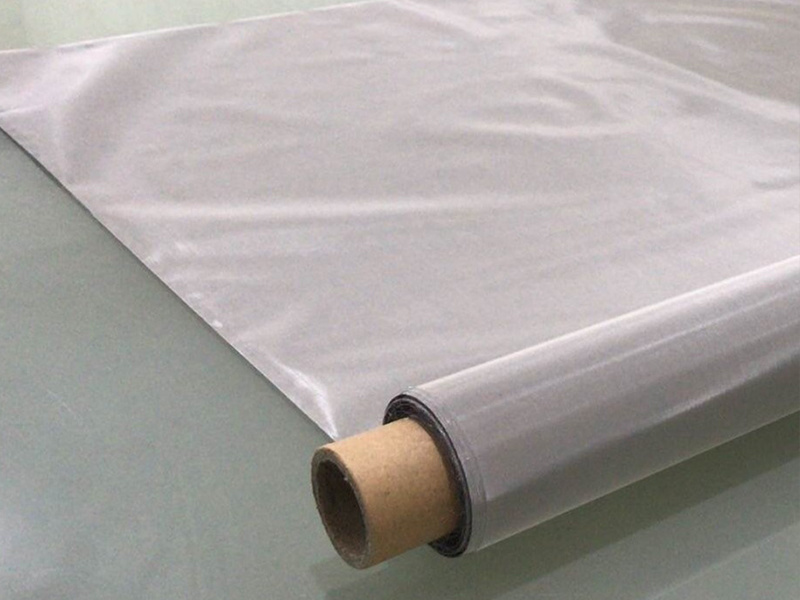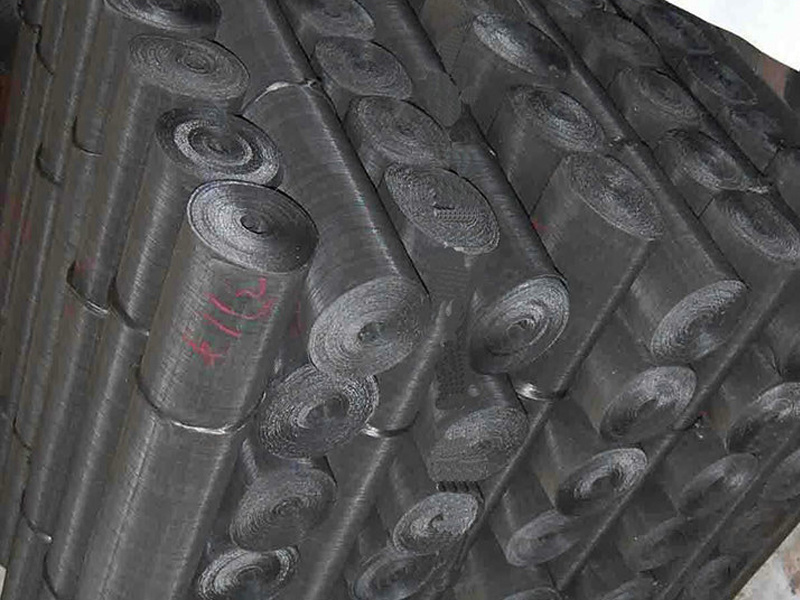Navigating the World of Wire Mesh: Key Considerations You Should Know
Release time:
2025-05-09
Discover essential tips and considerations for usingwire mesh effectively in various applications.
Introduction to Wire Mesh
Hey there! So, you’ve stumbled uponwire mesh, huh? Well, buckle up, because we’re diving deep into the nitty-gritty of this versatile material. Whether you're a DIY enthusiast or a professional contractor, understandingwire mesh is crucial for your next project. Let's unravel the mystery, shall we?
What is Wire Mesh?
In the simplest terms,wire mesh is a framework made from interwoven wires, forming a grid-like pattern. It’s like the backbone of countless applications, from construction to agriculture, and even art! But before you jump into thewire mesh game, there are some essential considerations. Stick with me!
Material Matters
First up, let's chat about materials. Wire mesh can be made from a variety of metals – think stainless steel, galvanized steel, and even aluminum. Each type has its own pros and cons. For instance, stainless steel is tough against rust, making it perfect for outdoor use. However, it can be a bit pricier than other options. So, weigh your choices wisely!
Size and Gauge: Choose Wisely
Next, consider the size and gauge of thewire mesh. The gauge refers to the thickness of the wire, while the size pertains to the openings between the wires. A finer mesh is great for keeping small critters out of your garden, but if you’re looking to create a fence, you might want something sturdier. Remember, not all meshes are created equal!
Applications Galore
Now that we've covered the basics, let’s talk about applications. Wire mesh is like a Swiss Army knife – it’s got a tool for nearly every job! Here are some common uses:
- Fencing: Keep those pesky animals out!
- Reinforcement: Use it in concrete for added strength.
- Filtration: Great for separating materials in various industries.
- Crafts: Perfect for creative projects, from art to home decor!
Installation Tips
If you're ready to installwire mesh, here are some handy tips:
- Measure Twice, Cut Once: You know the saying! Always double-check your measurements.
- Use Proper Tools: Invest in quality tools for a smooth installation process.
- Secure It Well: Don’t skimp on fasteners! A loose installation can lead to future headaches.
Safety First!
Oh, and let’s not forget about safety! Wear gloves when handlingwire mesh to avoid cuts or scrapes. Safety goggles are also a good idea, especially if you’re cutting the mesh. Better safe than sorry, right?
Maintenance Matters
Once yourwire mesh is installed, you might think the job is done. Wrong! Regular maintenance is key to longevity. Keep an eye out for rust, especially if you’re using it outdoors. A little TLC goes a long way!
Final Thoughts
So, there you have it! Wire mesh is an incredible material with a multitude of uses. By considering the right material, size, and application, you can ensure your project is a success. Now go forth and conquer the world ofwire mesh – you’ve got this!
You can also learn more about industry trends
2025-03-12
Applications of seat-type nets
2025-03-12
Material and weaving method of stainless steel filter mesh
2025-03-12
Applications of stainless steel filter mesh
2025-03-12
Main characteristics of stainless steel filter mesh









